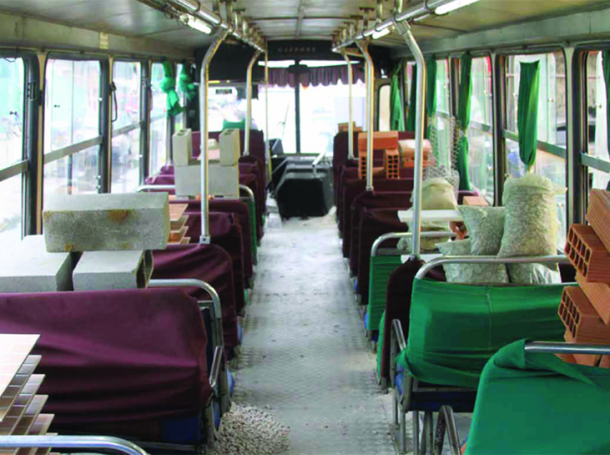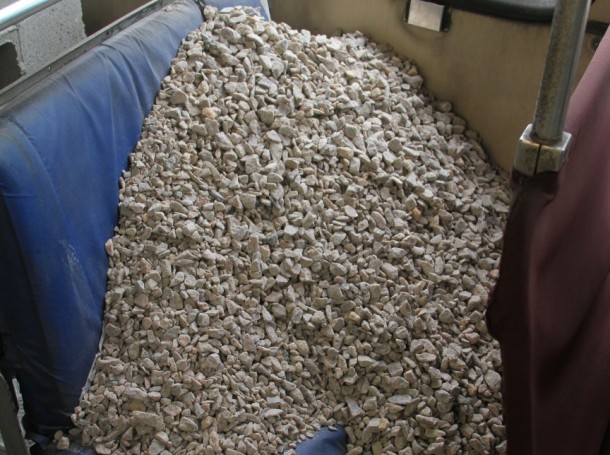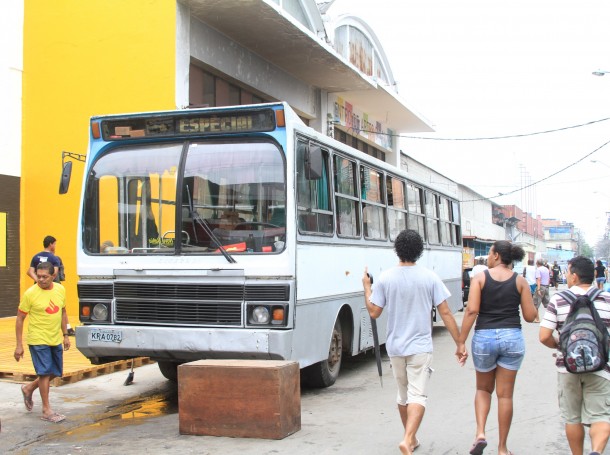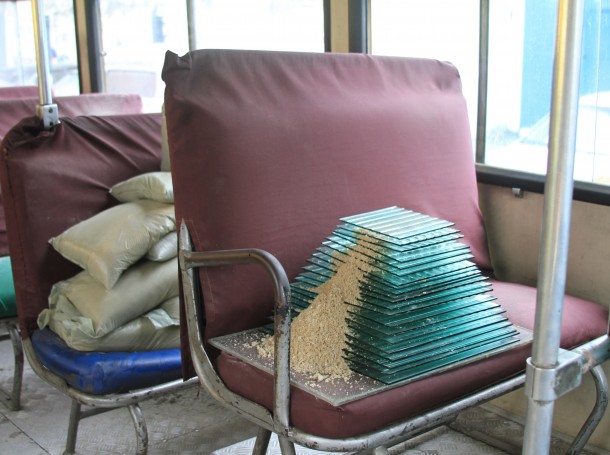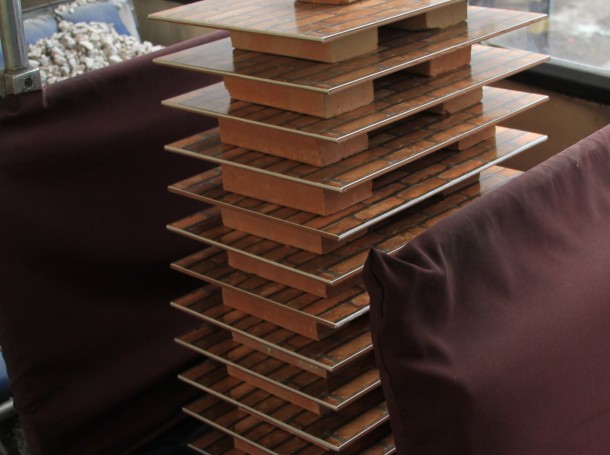Work
Circular
Caption
2011
Site-specific installation, with a disused bus and various construction materials
Dimensions variable
Artist
By
Text
—
Matheus Rocha Pitta’s sculpture Circular is placed within the every day affairs of the Flavela de Maré in Rio di Janeiro. Commissioned for the inaugural set of projects by the contemporary art agency Traversias, the institution asks artists to consider the situation of this Favela as a site of exhibition and action—attempting to bridge the barriers between contemporary art and the economically disadvantaged community of the neighbourhood.
A run down bus is parked along the side of a road. Inside, the artist has created a series of sculptures; assembling, piling and pouring construction materials such as brick, gravel, terra cotta roofing tiles and concrete blocks, on the seats of the bus. This eerie and still configuration of volumes alludes to the presence of the every person. This is relatable to the white plaster and bandaged figures of the American artist George Segal, who used the term ‘pedestrian space’ to describe the overshadowing of real life and sculpture.
Stayed, rough and cheap, the choice of materials by Rocha Pitta speaks to the architectural surroundings of the Favela de Maré. Formally this choice also references the history of arte povera. Within this late 20th century movement, artists such as Kounellis, Penone, Pistoletto and Zorio were revolutionaries in using everyday materials to speak of their political, cultural and social concerns of the post-war period in Europe. In this lineage, Rocha Pitta continues to create a bold and direct relationship between the viewer, artwork and author, when they uses everyday materials for practice. This choice is especially poignant within the context of Rio di Janeiro, as it is clearly reactionary to the major growth of material wealth within the city in the past decade.
—
Equally, what comes to mind is the work Polish Theatre director and theoretician Jerzy Growtoski who called for a Theatre of Poverty. This form of theatre was reactionary towards the level of Theatre production introduced because of competition with the Cinema. Growtoski has said of his poor theatre, ‘If the Stage can not be richer than Cinema, than let it be poor.’ He disregarded elaborate stage design, light configurations and soundscapes; and returned to investigating modern forms of acting and performance that would connect those on stage with the audience in new and more sincere ways. Similarly, Rocha Pitta’s reaction here may go against the highly produced forms of popular culture in the city such as Carnival, which traditionally engaged a disenfranchised sector of society, but which has now become quite corporate in its monumental production levels.
Growtoski’s first play, The Chairs (1952) was written by Eugene Ionesco and situated an elderly couple in a post-apocalyptic time and place. The protagonists continually arrange a series of chairs for an event with invisible guests. When an emperor arrives as one of the ‘guests’, the old man becomes an orator and delivers a speech on the secret life. The audience of the play witness the void of the audience on stage and it charges the scene with a tense energy. Rocha Pitta’s Circular similarly deals with these barriers of culture in the void and in the face of misery, shame, frustration and anger.
This positioning of the work could mirror the historical attitudes of monastic poverty during the proto renaissance, which is most famously associated with Saint Francis. Instead of getting rid of the pride of self in order to listen to god, the artist may be attempting to find channels for his work to open its perception to those who live life on the opposite end of the equation of material success and economic security.
